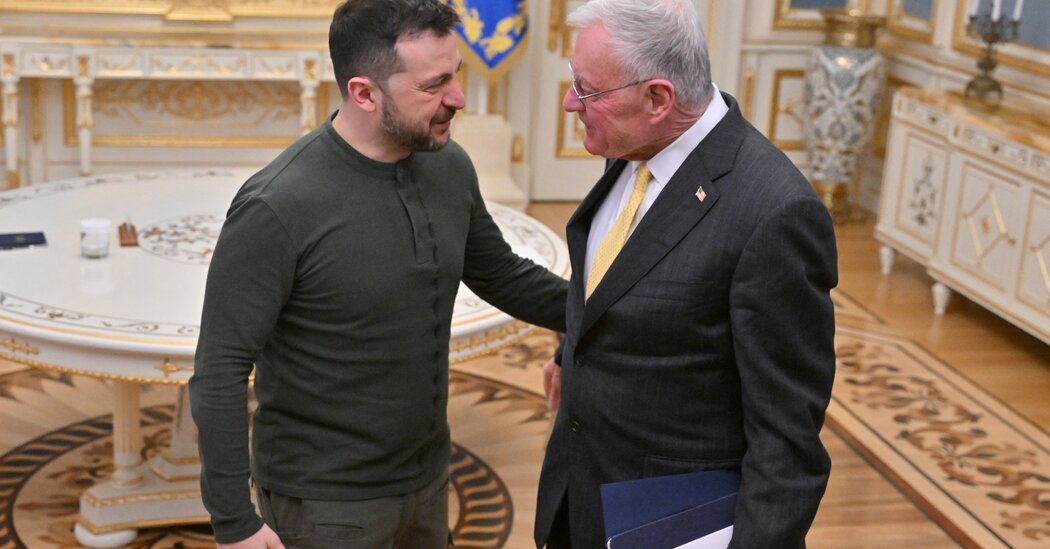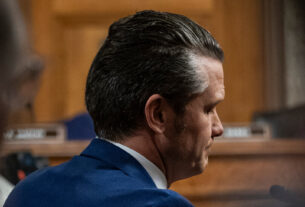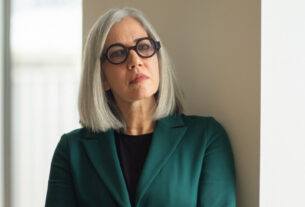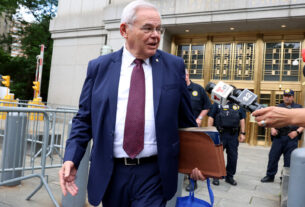President Volodymyr Zelensky of Ukraine met with President Trump’s special envoy in Kyiv on Thursday — a day after a public feud between the Ukrainian and American leaders threatened to derail diplomatic efforts toward peace talks.
The meeting with Keith Kellogg, the special envoy to Ukraine and Russia, was meant to discuss paths to ending the war that would safeguard Ukraine’s interests. There was also hope that it might help defuse tensions between Washington and Kyiv after Mr. Trump labeled Mr. Zelensky a “dictator” and the Ukrainian president accused him of echoing Russian propaganda.
Whether any progress was made remains unclear: a news conference scheduled for after the meeting was canceled at the request of the United States, according to Mr. Zelensky’s office, although Mr. Kellogg and the Ukrainian leader appeared together for photos.
Reporters who had gathered for the news conference were told to go home. The U.S. Embassy in Kyiv did not immediately comment.
“It is a bad signal,” Solomiia Bobrovska, a member of the defense and intelligence committee of Parliament, said in a phone interview, referring to the canceled news conference.
Mr. Zelensky later wrote on social media that he had a “productive meeting” with Mr. Kellogg, in which they discussed the situation on the battlefield, the return of prisoners of war and security guarantees for Ukraine as part of a peace deal. “Strong Ukraine-U.S. relations benefit the entire world,” Mr. Zelensky said.
Ukraine, wary of straining ties with Washington, its biggest ally, had suggested that the meeting would aim to stop the feud from escalating into an out-of-control dispute. “It is crucial for us that the meeting and our overall cooperation with America be constructive,” Mr. Zelensky said in his nightly address on Wednesday.
But there have been concerns in Ukraine that Mr. Kellogg, a retired U.S. general and longtime adviser to Mr. Trump on security matters, has been sidelined from the administration’s negotiating team, since he was not part of the U.S. delegation that met with Russian officials this week to initiate what the White House said were peace talks.
Mr. Kellogg has said that the United States is conducting separate discussions on a potential peace deal with Russia and with Ukraine and that he is leading the U.S.-Ukraine track while Steve Witkoff, Mr. Trump’s Middle East envoy, is in charge of the U.S.-Russia track. The two envoys will then return to Washington to compare notes and determine the next steps, according to Mr. Kellogg.
He arrived in Kyiv, the Ukrainian capital, on Wednesday morning for a three-day visit. Speaking from the city’s railway station upon arrival, Mr. Kellogg said that his mission would be to “sit and listen” to Ukraine’s concerns. He also said that he understood Ukraine’s “need for security guarantees” in any postwar settlement.
Later that day, he met with a series of top Ukrainian officials, including Gen. Oleksandr Syrsky, the head of the Ukrainian army; Gen. Kyrylo Budanov, the head of Ukraine’s military intelligence agency; and Andriy Yermak, the head of Mr. Zelensky’s office.
Beyond discussing a possible path to a peace deal with Mr. Zelensky, Mr. Kellogg had been expected to address a potential agreement that would grant the United States access to Ukrainian natural resources as compensation for past aid and, possibly, as a guarantee for future assistance. Mr. Trump has insisted that he wants payback for the money that Washington has invested in Ukraine’s defense.
Scott Bessent, the U.S. Treasury secretary, presented Mr. Zelensky with a draft of the agreement last week. But Mr. Zelensky rejected the proposal — an extraordinary demand to grant the United States a 50 percent interest in Ukraine’s natural resources like minerals, oil and gas — because it did not tie resource access to security guarantees for Kyiv.
Mr. Trump has demanded $500 billion of Ukrainian critical minerals, a request that Mr. Zelensky dismissed as “not serious” during a news conference on Wednesday.
Mr. Trump expressed frustration with Mr. Zelensky’s refusal to sign the deal, telling reporters on Air Force One on Wednesday night that Mr. Bessent had been “treated rather rudely.” Mr. Trump insisted that he would resurrect the deal with Ukraine’s leader, “or things are going to not make him too happy.”
A Ukrainian official with knowledge of the talks on Thursday said Mr. Zelensky told Mr. Kellogg he wanted to speed up work on a potential deal and suggested creating a multilevel bilateral working group to address the security, economic and legal aspects of an agreement. The official spoke on the condition of anonymity to discuss a private meeting.
“Ukraine is ready for a strong, effective investment and security agreement with the President of the United States,” Mr. Zelensky wrote on social media.
In some ways, Mr. Kellogg could be an ally to Kyiv. He has adopted a more aggressive stance toward Russia than Mr. Trump and some of his advisers, proposing that Washington could increase sanctions to push Russia toward a peace deal and favorably viewing the Biden administration’s approval for Ukraine to strike inside Russia with long-range missiles.
Ms. Bobrovska, the lawmaker, said she hoped “Kellogg will play a pro-Ukrainian role and do his best” to change Mr. Trump’s mind.
Mr. Kellogg’s three-day visit to Ukraine is unusually long for an American official. Since the war began nearly three years ago, U.S. officials have typically limited their trips to a single day for security reasons.
Mr. Zelensky said on Wednesday that he hoped Mr. Kellogg could talk to civilians and service members to grasp the reality of the war, including through a possible visit to the front line.
“It’s important to feel the atmosphere on the ground,” Mr. Zelensky said.
On Mr. Kellogg’s first night in Ukraine, air defense systems worked to repel a large Russian assault on energy infrastructure. The booms of antiaircraft missiles echoed across central Kyiv as the air alert blared for more than seven hours.





